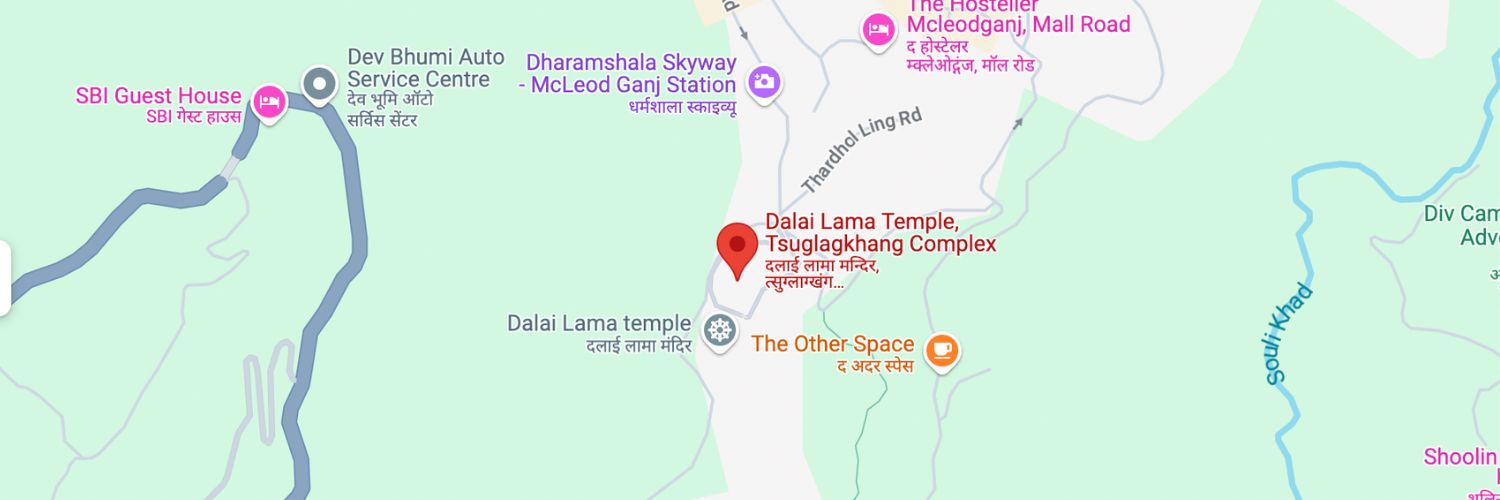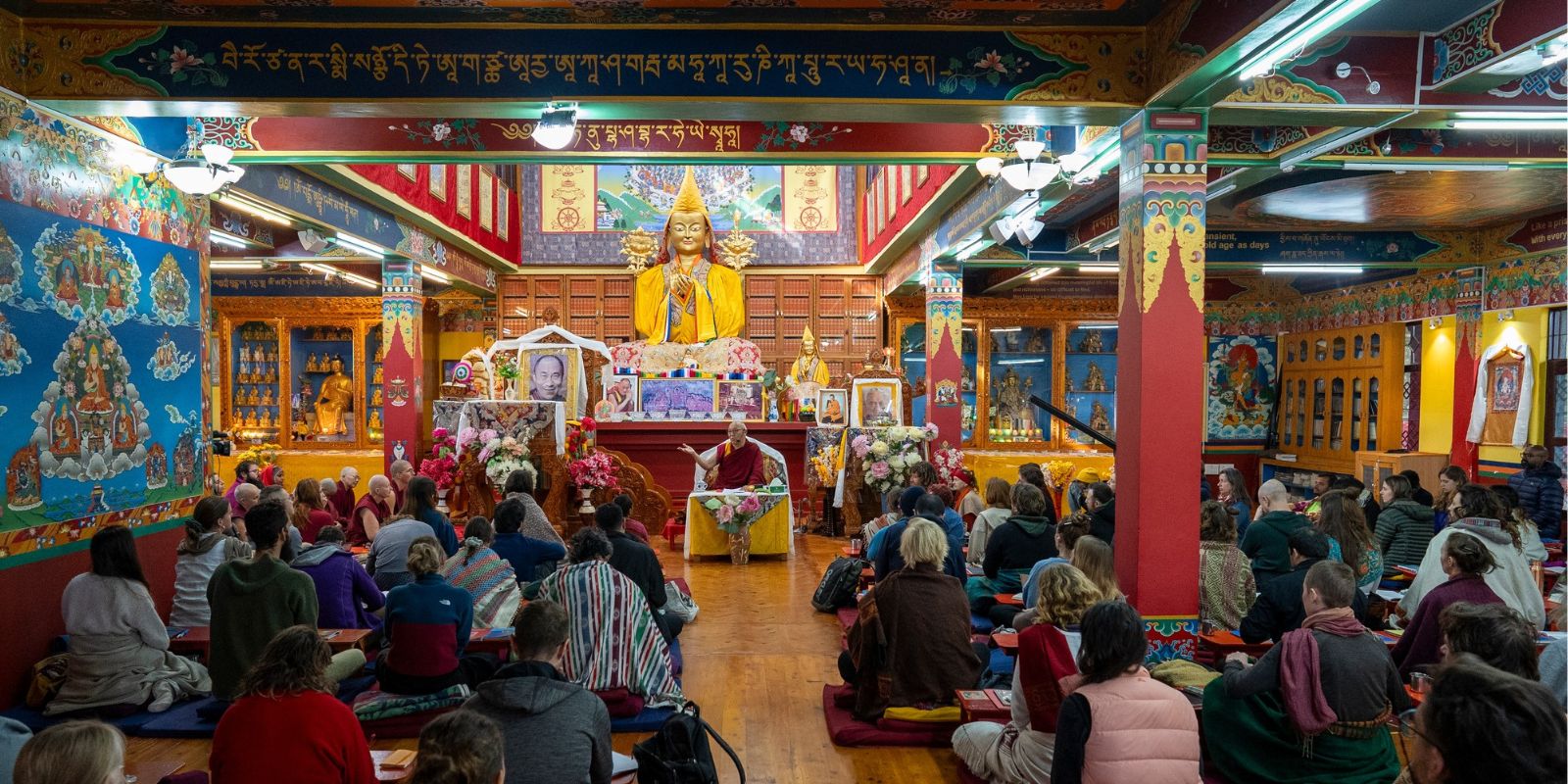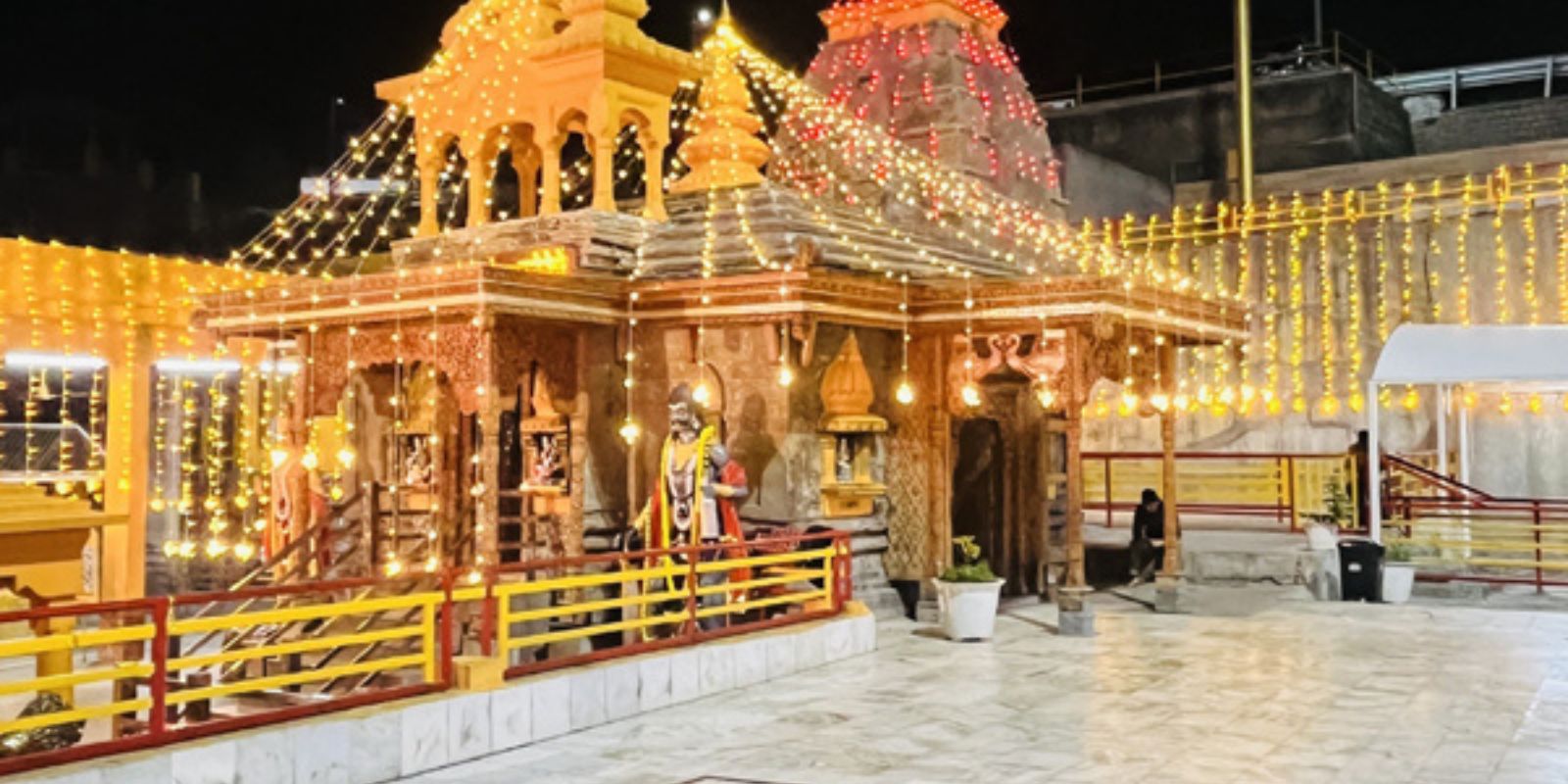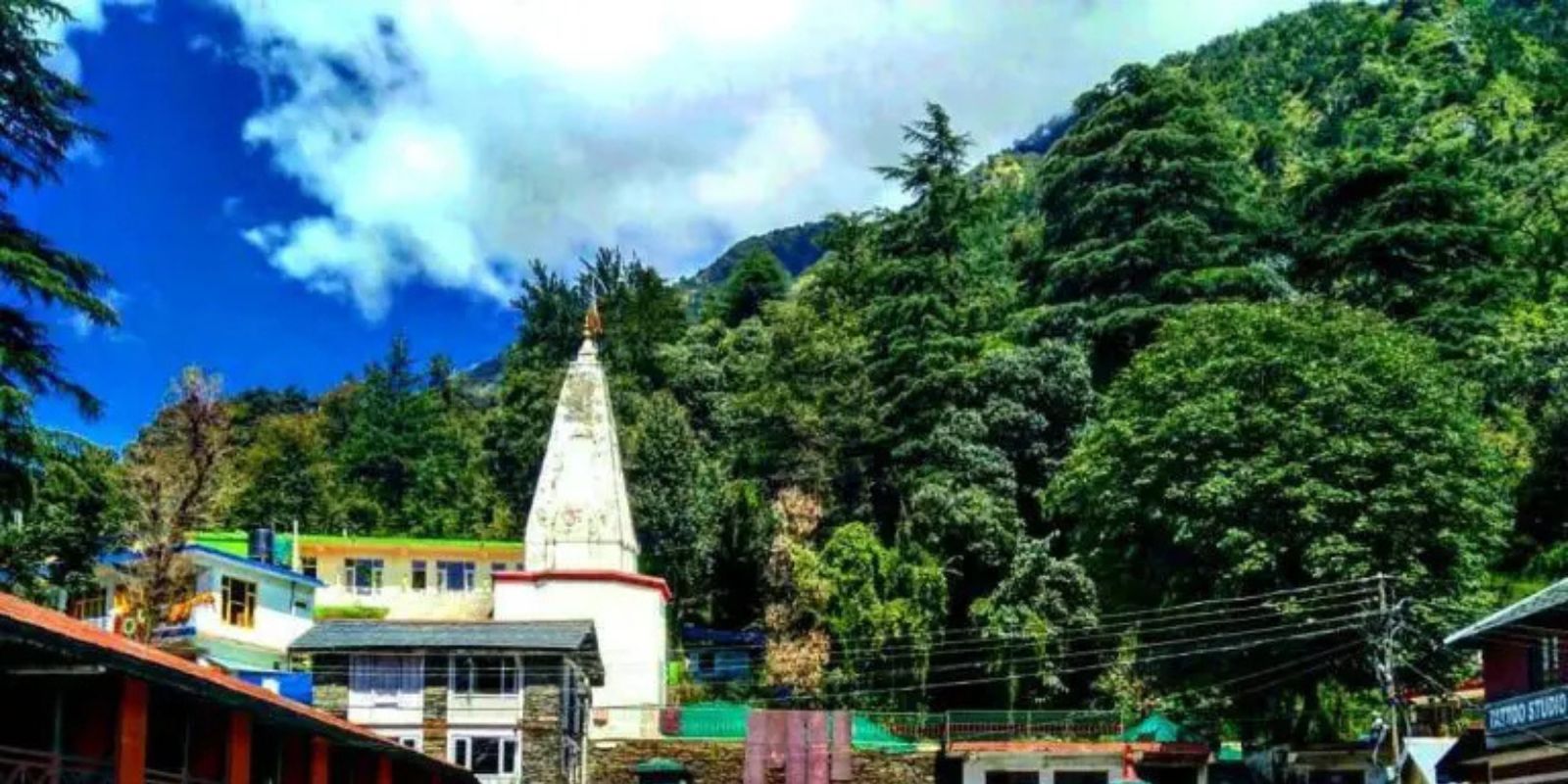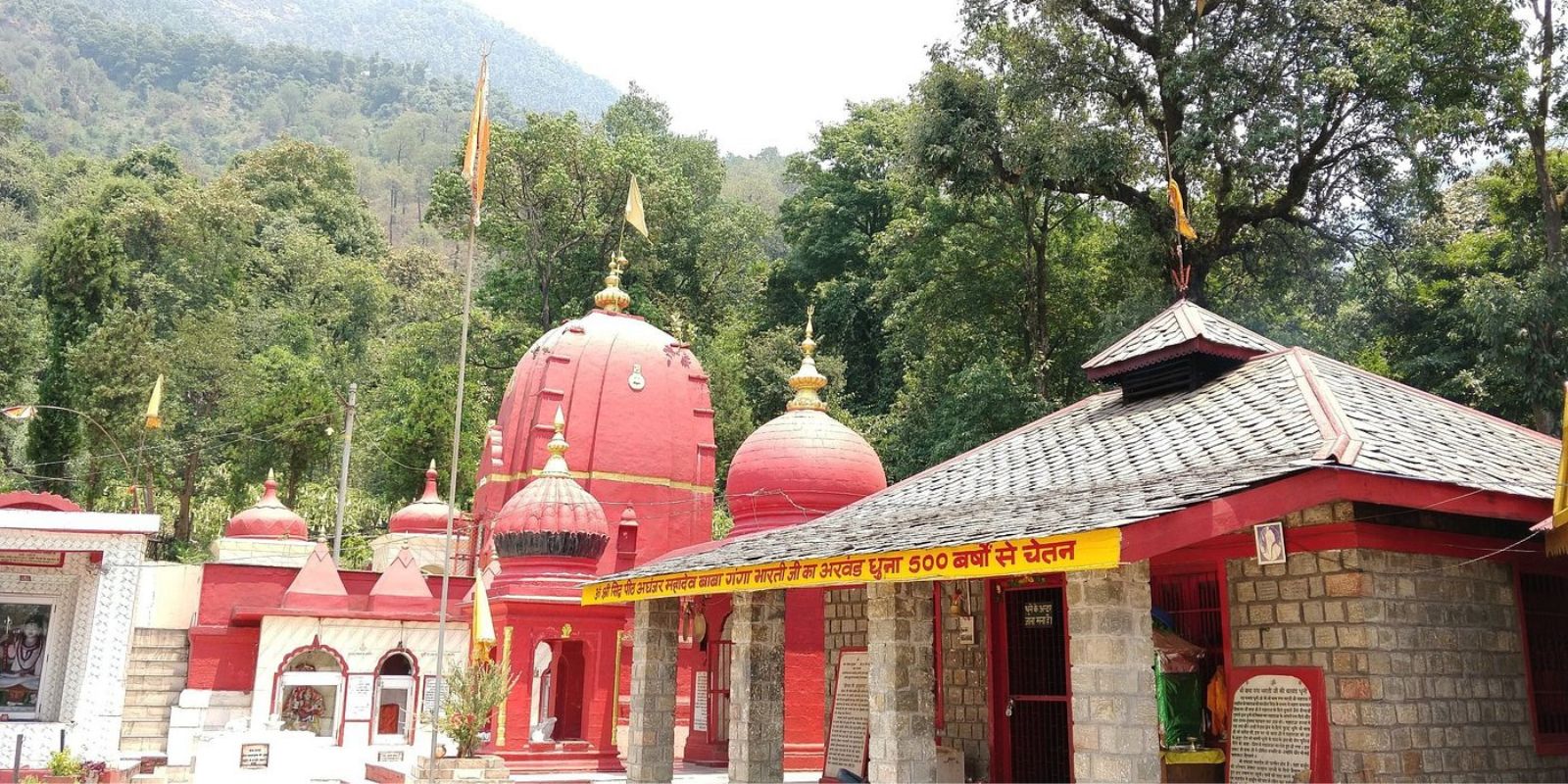Located in the tranquil town of McLeod Ganj, Himachal Pradesh, the Tsuglagkhang Complex is the spiritual and political heart of the Tibetan exile community. It houses the official residence of His Holiness the 14th Dalai Lama, alongside temples, stupas, a museum, and a meditation hall. Surrounded by forested hills and prayer flags fluttering in cool mountain air, this serene complex welcomes pilgrims, monks, and mindful travellers alike. It is both a place of worship and a living symbol of non-violence, compassion, and Tibetan identity.
Noteworthy Attractions
Dalai Lama’s Residence
A restricted yet revered area—the presence of His Holiness lends the entire space a powerful spiritual gravity.
Main Complex
Home to statues of Buddha Śākyamuni, Avalokiteśvara, and Padmasambhava—surrounded by prayer wheels and golden butter lamps.
Tibetan Museum
A deeply moving chronicle of Tibet’s history, exile, and cultural survival told through photos, artifacts, and documentaries.
History & Culture
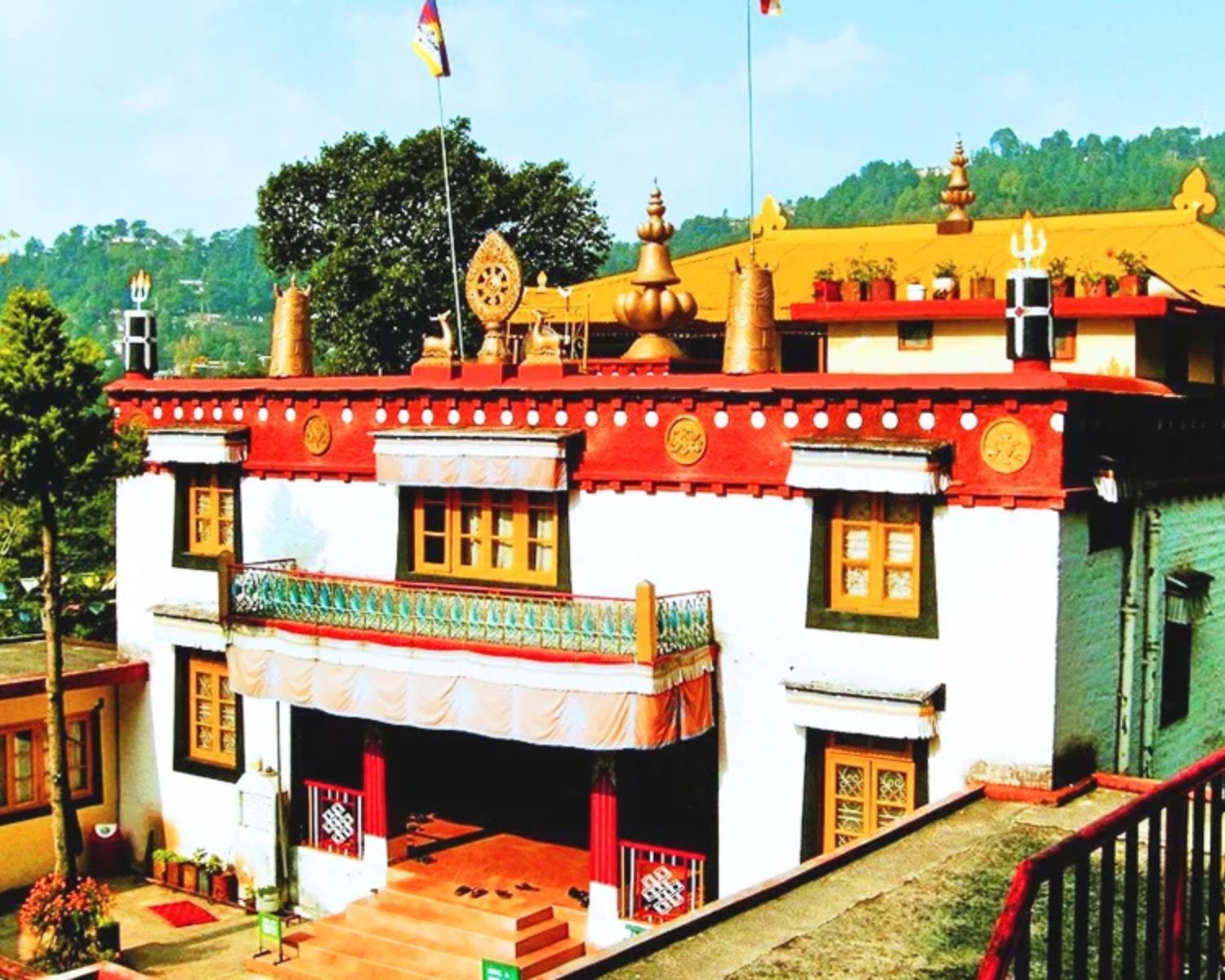
Origins & Legacy
Though exact construction dates vary in oral tradition, Trayambakeshwar Temple has been a focal point for Shiva worship for over a century. Local legends claim wandering ascetics first built smaller shrines here to harness the site’s energetic alignment with the Ganges. As pilgrim traffic grew, benefactors expanded the structure, eventually shaping it into the 13-story marvel seen today. Through every phase, the temple has preserved its dedication to guiding seekers along Shiva’s spiritual path.
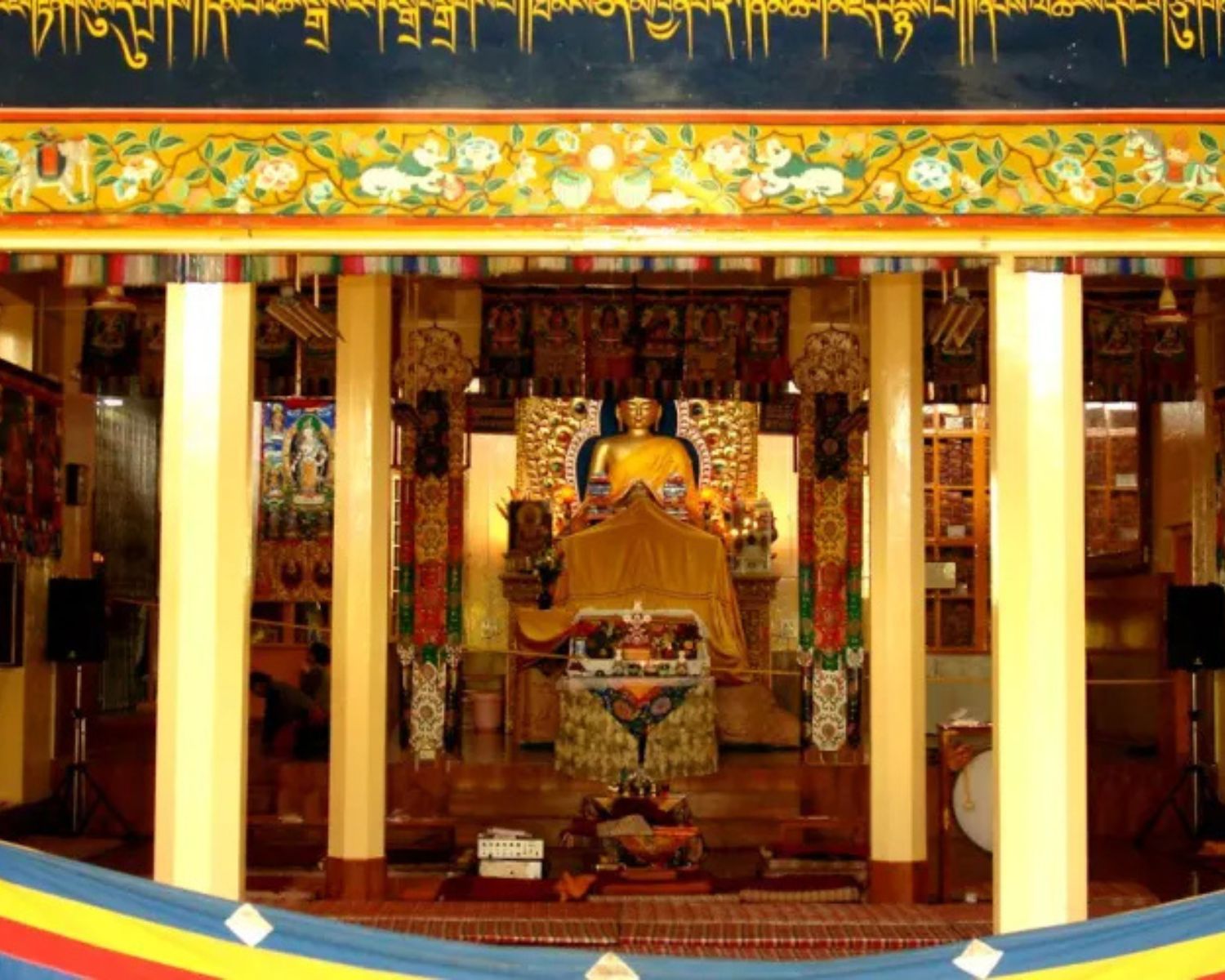
Sacred Importance
This is not just a monastery; it’s the holiest site for Tibetan Buddhists in India. Devotees visit to gain blessings, practice mindfulness, or participate in public teachings by His Holiness. The towering statue of Avalokiteśvara, the Bodhisattva of Compassion—believed to be the Dalai Lama’s spiritual embodiment—is especially revered. Major occasions include Losar (Tibetan New Year), Buddha Jayanti, and teachings during March and October.
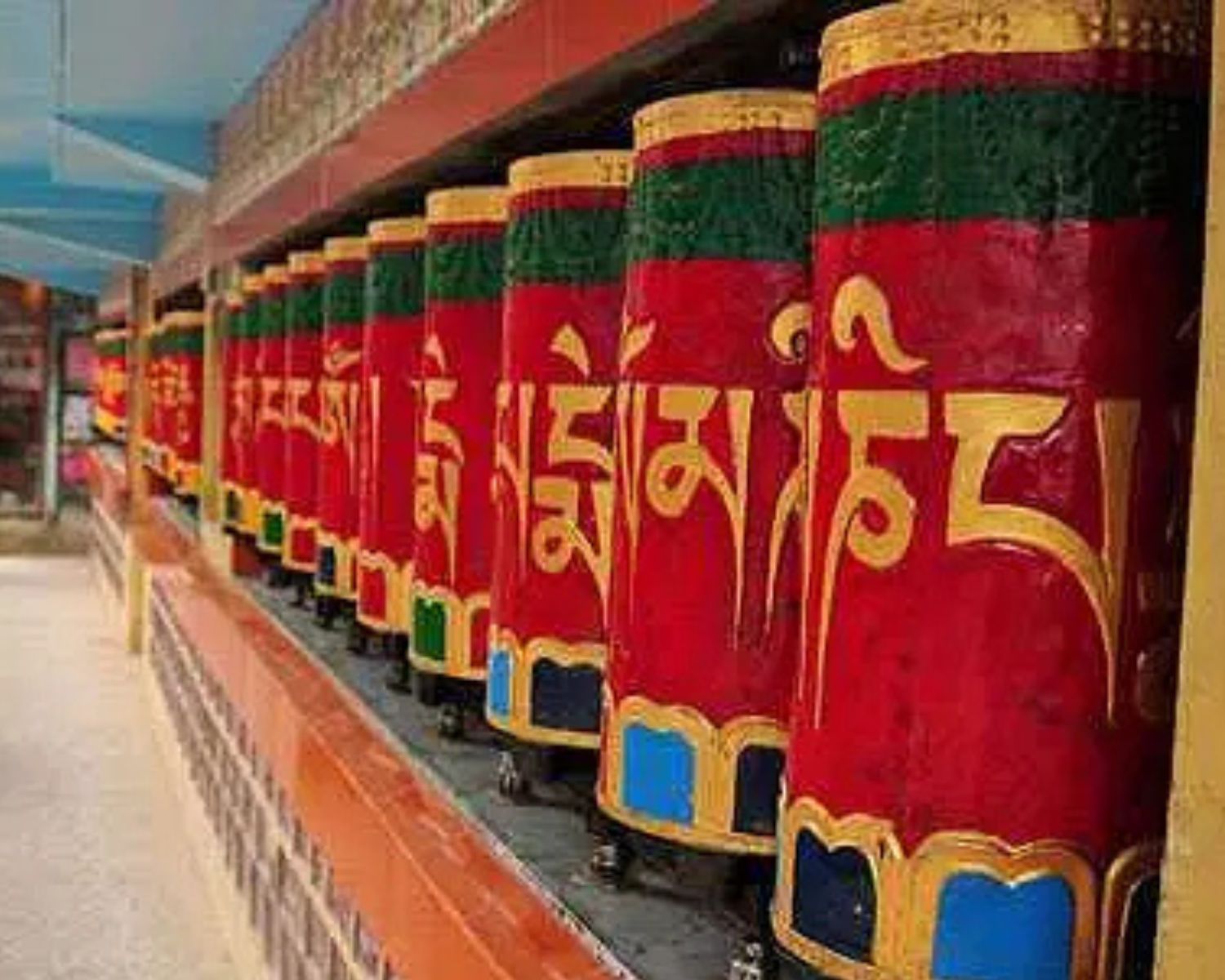
Rituals & Traditions
- Circumambulating the temple while spinning prayer wheels and chanting mantras.
- Lighting butter lamps for peace, health, and remembrance.
- Sitting in silent meditation near the stupa or shaded corners.
Practical Guidance
When to Go
March to June and September to November offer pleasant weather and occasional public teachings. Winters are chilly but serene. Losar and Dalai Lama events can bring both spiritual buzz and large crowds.
Respect & Reverence
Guidelines
- Dress modestly—cover shoulders and legs.
- Remove shoes before entering prayer halls.
- Maintain silence in meditation areas.
Restrictions
- Photography is limited—respect signage.
- Smoking, alcohol, and loud conversations are discouraged.
- Avoid touching sacred statues or interrupting prayers.
Arriving Here
By Air
Gaggal Airport (Dharamshala) is just 18 km away. Taxis and shared cabs easily connect to McLeod Ganj in under 45 minutes.
By Rail
Pathankot Railway Station (90 km) is the nearest major stop. From there, buses or taxis travel up to the hills of Dharamshala.
By Road
Well-connected to Delhi (approx. 500 km) and Chandigarh via overnight buses or scenic drives through Himachal Pradesh’s winding mountain roads.
Immersive Experiences
Spiritual Practices
Join monks and devotees on the Kora path at sunrise—chanting mantras or walking in mindful silence among pine-scented air.
Local Rituals
Light butter lamps at dusk for world peace—an act of symbolic clarity practiced across the Tibetan world.
Silent Meditation
Join visiting practitioners or resident monks in silent group meditation—held in open-air spaces or halls, cultivating deep awareness and inner stillness.
Closing Reflection
Trayambakeshwar Temple captivates with its 13-tiered ascent, each step echoing with devotion and ancient tales. Beyond the vibrant corridor of shrines, visitors discover serene Ganga panoramas and a profound link to Lord Shiva—a timeless invitation to rise above worldly distractions and embrace spiritual awakening.

